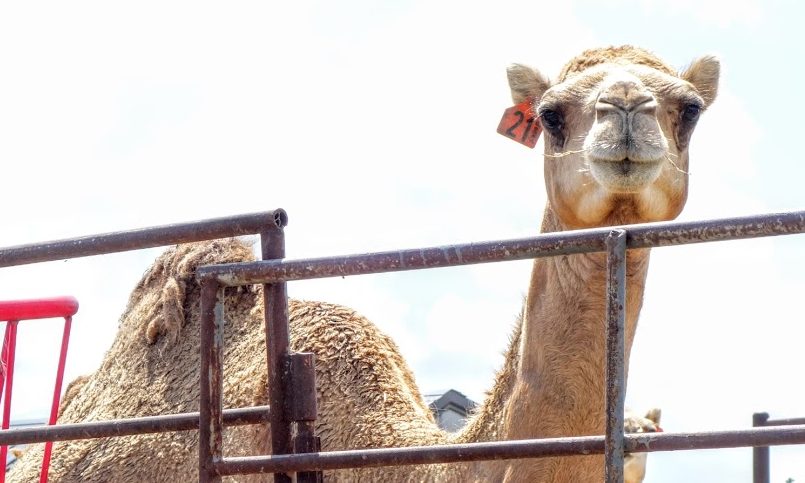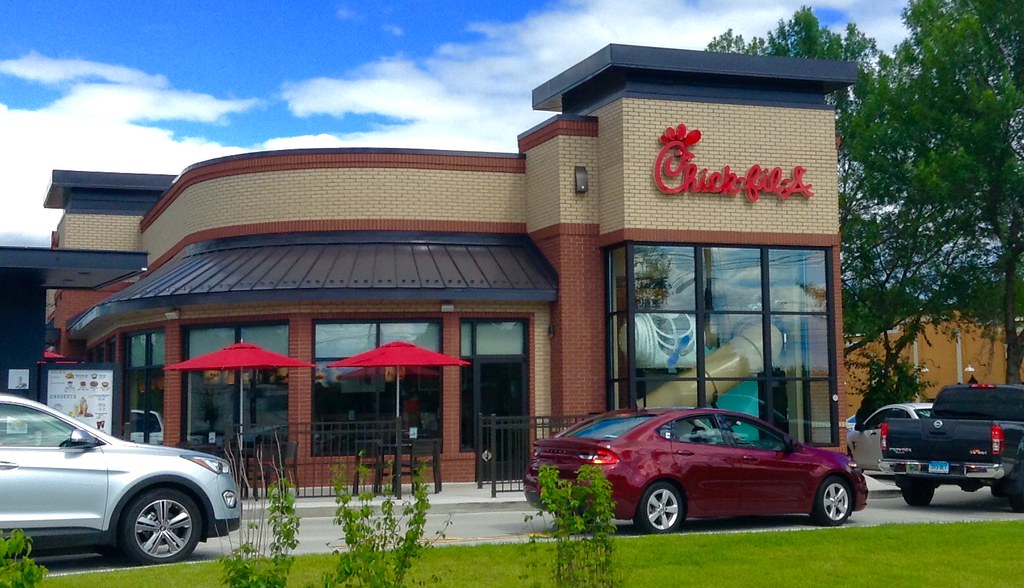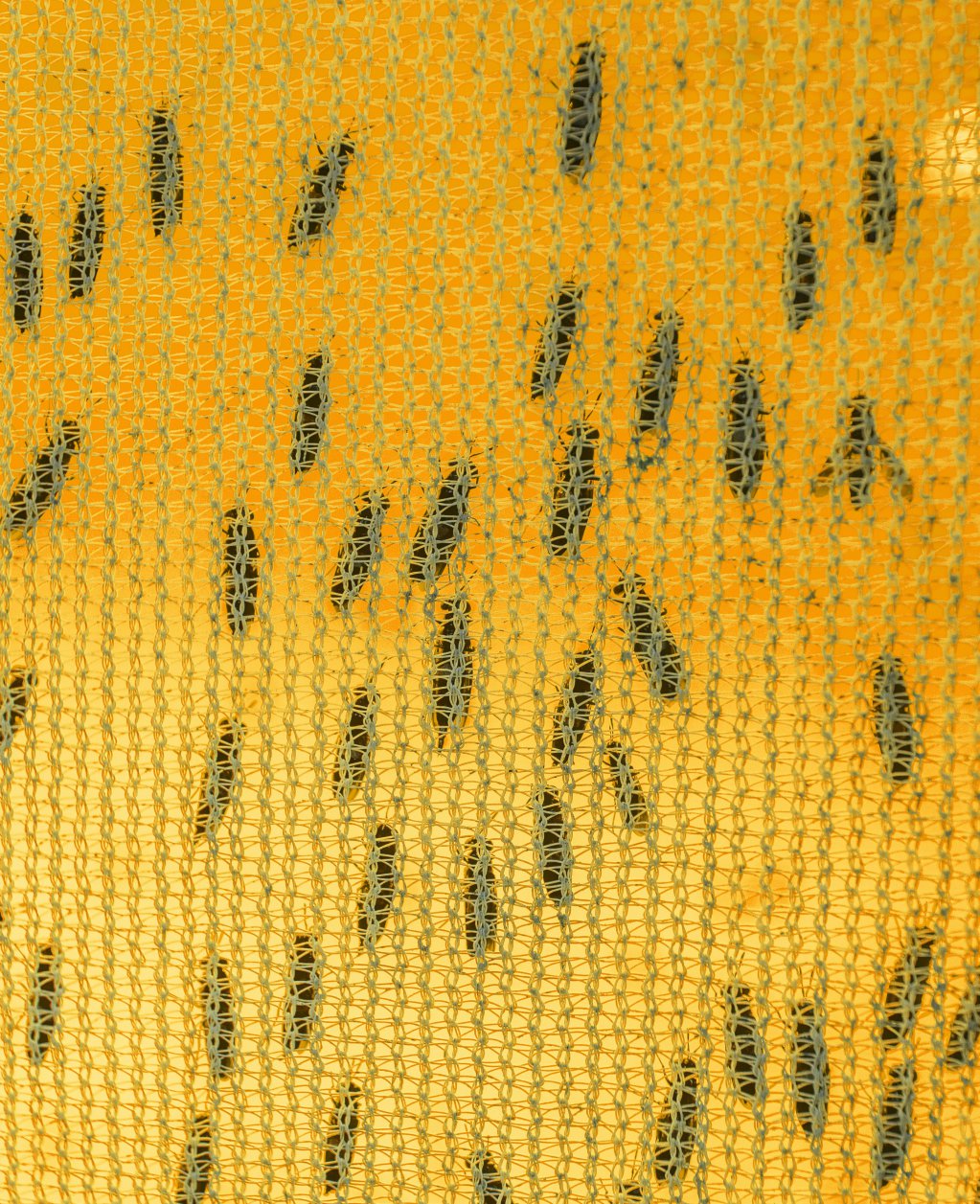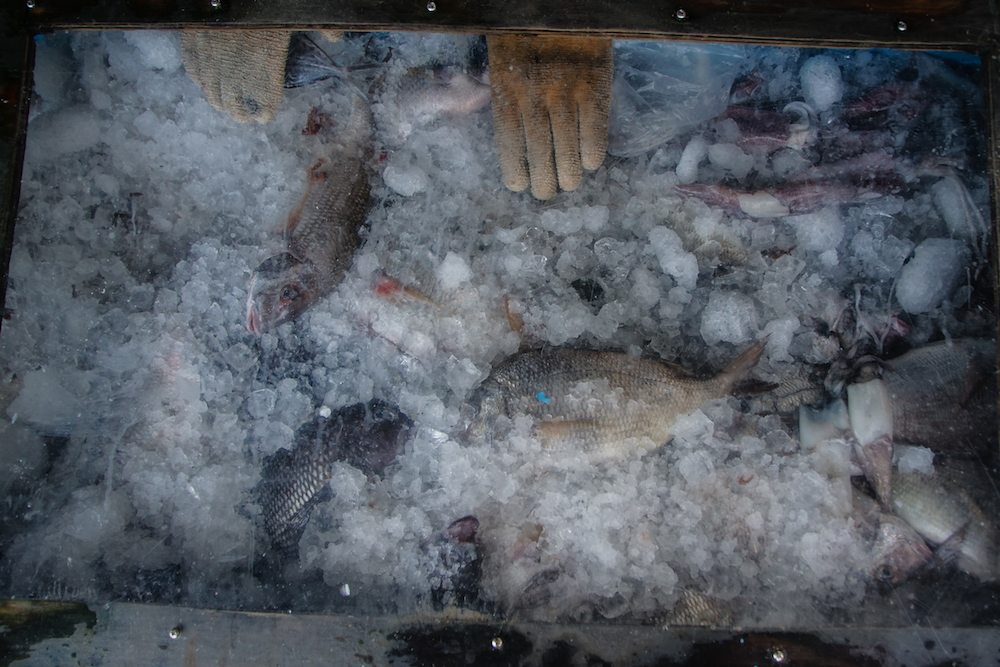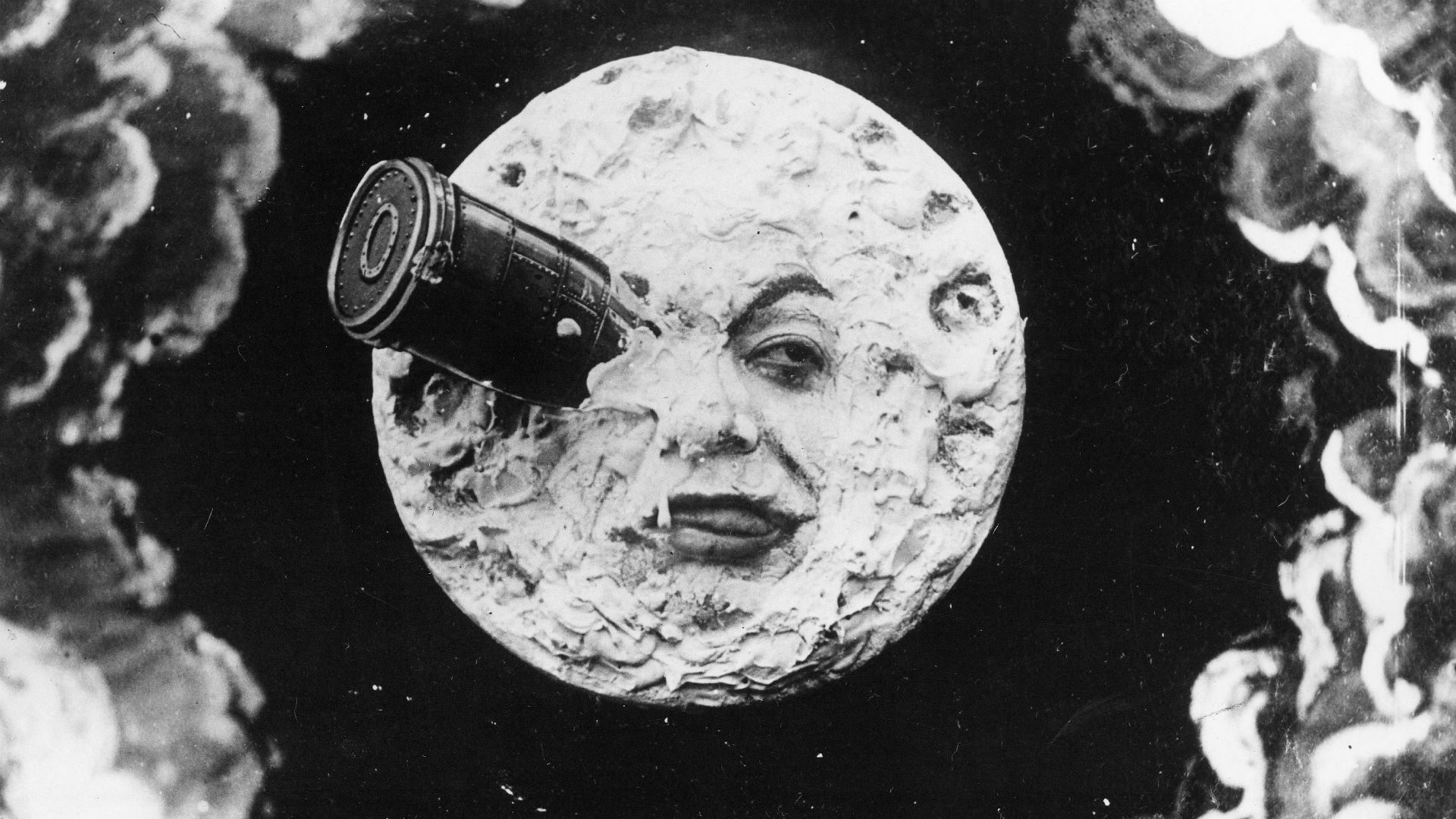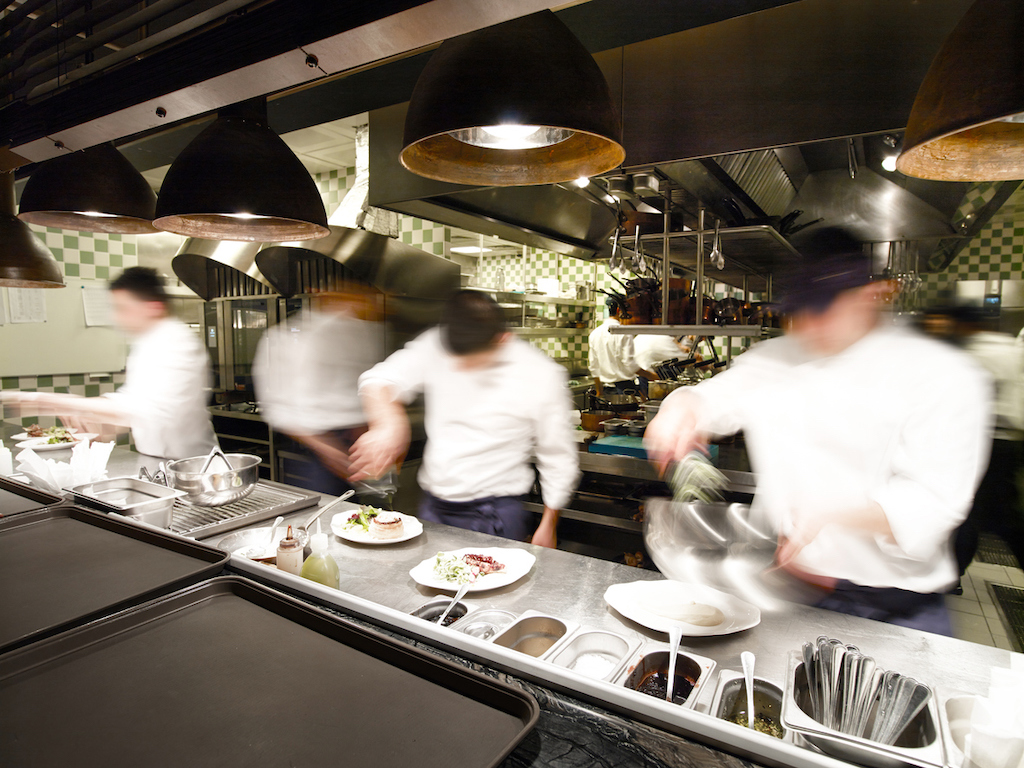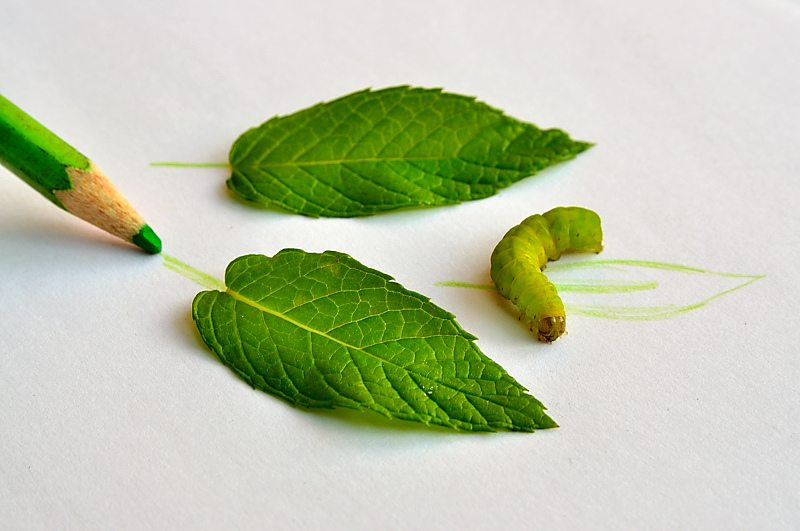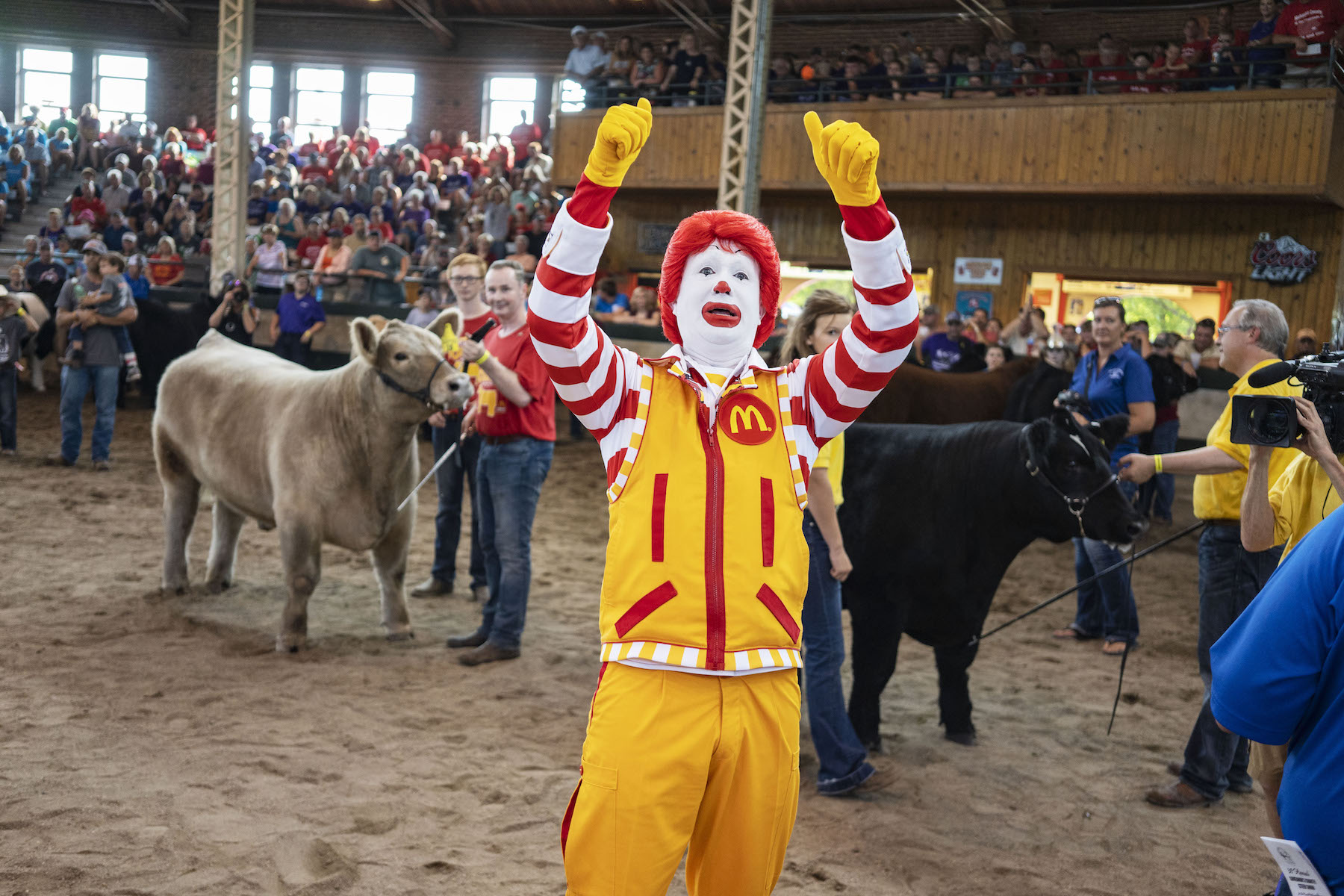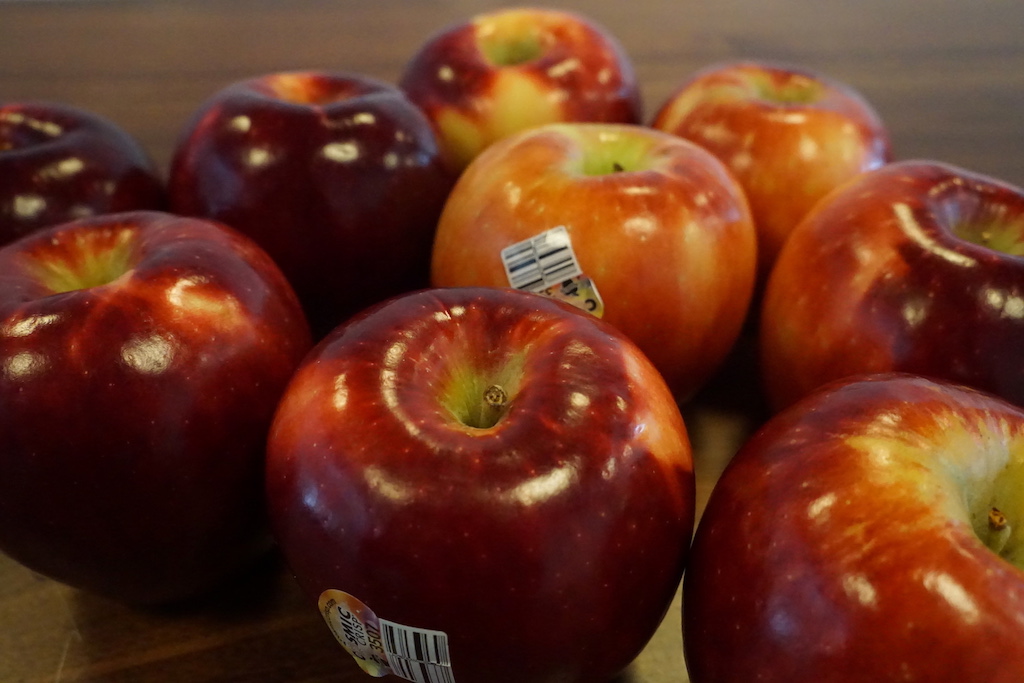
Talia Moore
You might’ve seen headlines about the Cosmic Crisp apple, which dropped this week on the West Coast. Not many apples get their own extensive profile in California Sunday, or a $10.5 million marketing budget, or a dedicated slogan. The Cosmic Crisp has all of those things, plus not one but two slogans.
Before the big marketing push, and the subsequent backlash to the big marketing push, it was clear that the Cosmic Crisp really is a big deal, especially for Washington state apple growers, who collectively grow 70 percent of U.S. apples. Red Delicious, that old standby, has fallen out of favor with consumers. Other popular varieties, like the Honeycrisp, are difficult to grow and store at the scale necessary to feed millions of elementary school children at lunch each day. And then there’s the copyright issue: Farmers wishing to grow some boutique apple varieties, like the Pink Lady, must pay expensive licensing fees to the companies that trademark the name. (As Brooke Jarvis notes in the California Sunday piece, the Pink Lady we eat might actually be a Cripps Pink, a Barnsby, or a Ruby Pink.)
“Many customers will buy a good apple once, but it is the repeat sales that are important. Time will tell.”
Enter the Cosmic Crisp, the best of all possible worlds. It’s trademarked, sure, but the intellectual property is owned by Washington State University, and the apple is available to all growers in the state. Decades in the making, it’s a cross between a Honeycrisp and an Enterprise, bred to hit the sweet spot between great taste and a long shelf life. It’s marketed as crispy and sweet, the rightful, more delicious, heir to the Red Delicious. Tagline one: “The apple of big dreams.” Tagline two: “Imagine the possibilities.”
It’s a product that could change the industry. Perhaps realizing this, growers have already planted 12 million trees. That means the stakes during this launch week were unusually high: For the Washington orchards who have, in some cases, literally bet the farm on the Cosmic Crisp, it’s too late to back out now. (We queried Proprietary Variety Management, the company that promotes the Cosmic Crisp, about initial sales figures. They didn’t get back to us.)
The Cosmic Crisp’s success will hinge on its ability to win loyal fans. It won’t be enough for eaters to prefer the apple to the Red Delicious or the Granny Smith—they have to be willing to pay more for it, too. Business Insider reported the apples were selling for $5 a pound, and Eater cited $2.99. According to the most recent USDA figures, the average retail price for apples was $1.62 per pound in 2016. Cosmic Crisp may be ideal for growers who want a reliable breed that can replace outdated varieties, but it won’t get very far if people don’t love it. ‘Many customers will buy a good apple once, but it is the repeat sales that are important. Time will tell,” writes Susan Brown, an apple breeder at Cornell University, in an email. “There are many good apples in the marketplace, but not any others with that type of budget for promotion.”
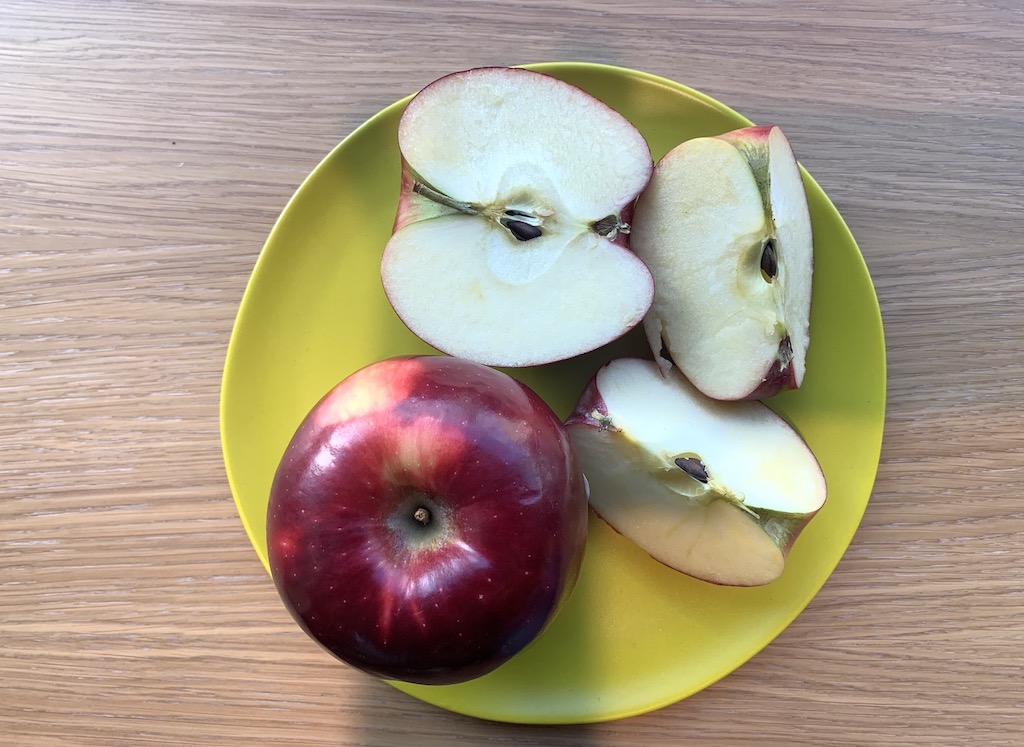
The Cosmic Crisp is a cross between a Honeycrisp and an Enterprise
Talia Moore
So how does the Cosmic Crisp stack up against its competitors? We decided to try it out ourselves—for journalism!—and we orchestrated a blind taste test to answer the two big, overarching questions. First: Is it delicious? And, perhaps more importantly, is it delicious enough?
Despite the hype, or perhaps because of it, it was remarkably difficult to get our hands on a box of Cosmic Crisps this week. Part of the problem was that our newsroom is located in New York City—the apples are widely available on the West Coast and at Kroger stores nationwide, but most East Coasters need to be patient. We called the marketing agency, a handful of grocery stores, the university, and individual farmers. No dice.
Finally, our reporter Jessica Fu enlisted her Seattle-based sister to head to the grocery store and buy some Cosmics on our behalf. They were advertised for $2 a pound, less than Eater and Business Insider reported but more than the national average for all apples. She overnighted them to New York City, and we arranged a blind taste test. We wanted to put the Cosmic Crisps up against a few farmers’ market varieties and a couple from the grocery stores. May the best apple win.
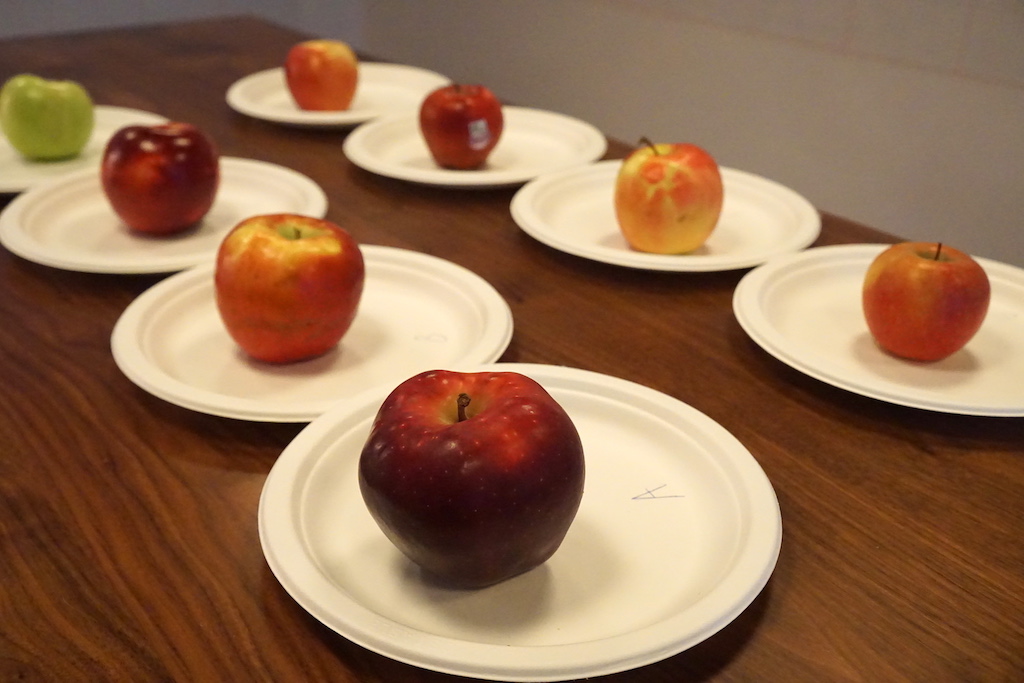
We tested the Cosmic Crisp alongside a Granny Smith, a Honeycrisp, a Fuji, an Evercrisp, a Pink Lady, and two Red Delicious apples
Talia Moore
We chose to test the Cosmic alongside its parent breed, the Honeycrisp, as well as the trademarked Pink Lady and the Fuji, a popular Japanese hybrid. I added two Red Delicious apples to the mix—one from the farmers’ market and one from Whole Foods—to see whether there was a difference based on provenance, and also to test whether my esteemed colleagues would realize two of the apples were the same. (They did, sort of.) I then threw in a grocery store Granny Smith and a new-to-me apple called an Evercrisp, a mix between a Honeycrisp and a Fuji that was released in October 2017. I paid between $1.85 and $2.85 per pound for the apples purchased in New York City.
On Thursday, five of us tested the eight apples in a dimly lit conference room at our coworking space. I asked people to fill out a form rating each apple from 1 to 5 in categories including taste, texture, and appearance, and I also asked them to write down tasting notes for each fruit. At the end of the tasting, my colleagues ranked the apples, best to worst, and responded to one final question: Would you pay extra for any of these fruits?
Shockingly, every single person had the same favorite apple. And besides me, everyone agreed on their least favorite apple, too. For the most part, we ranked roughly the same four apples in the top and roughly the same four apples in the bottom.
Unfortunately for Washingtonians, the smash hit was the Pink Lady, that Australian cross between a Golden Delicious and a Lady Williams. The Fuji and the Evercrisp were also popular. The abject failure was the store-bought Red Delicious, which was also the only Organic apple of the bunch.
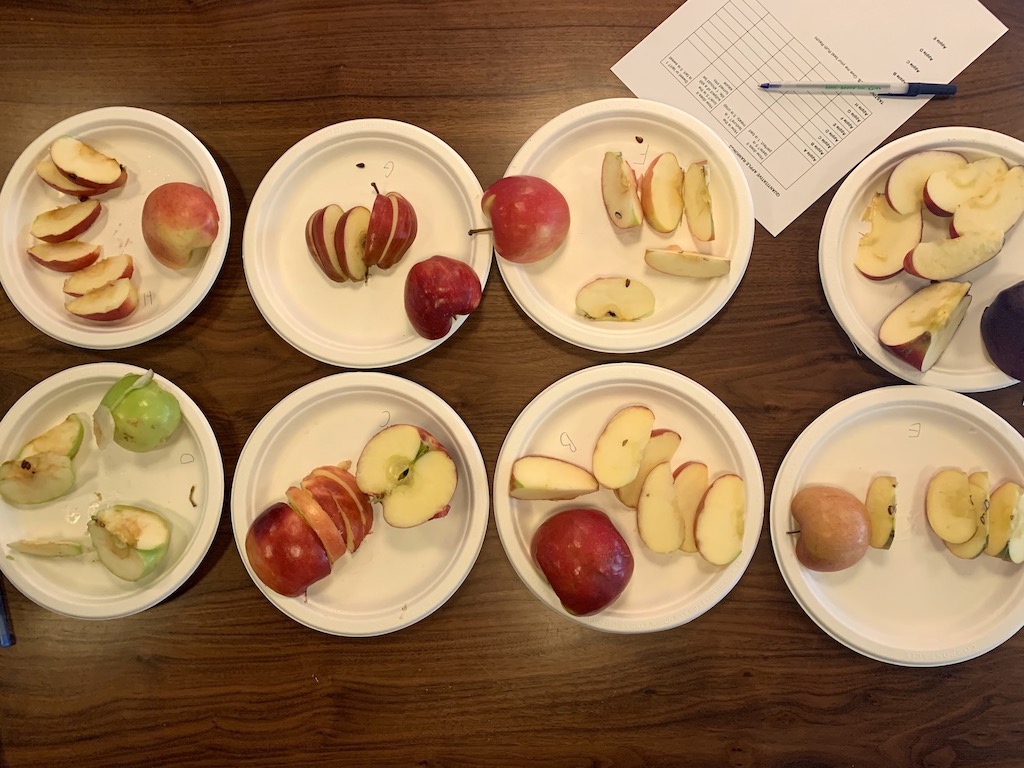
The Cosmic Crisp (bottom row, second from left) browned more slowly than other apples
Talia Moore
All told, Cosmic Crisp fell solidly in the middle of the pack. One colleague wrote “sugary—big hit—then there’s nothing.” Another wrote “not too crisp or mealy.” Another just wrote “standard.” It did find one fan, who said that it was “nearly perfect” with a “great satisfying crispy snap.”
Generally speaking, the Cosmic Crisp outperformed the grocery store standbys: It beat the Red Delicious, the Granny Smith, and even outranked its parent, the Honeycrisp, for many tasters. It also scored high in the “looks” category, winning a perfect score from two of our staffers. All of my colleagues said they would pay extra for a very good apple, but none of them flagged the Cosmic Crisp as a premium product.
Our conclusion: It’s a good apple. Even a very good apple, compared to the mass-market varieties it’s aiming to unseat. It’s not going to out-compete the lovely Pink Lady, which had our entire newsroom swooning, but it’s not designed to do that. This is a workhorse apple, meant to be affordable for farmers and pleasing for eaters, and to last for a year on the shelf while staying crispy. As for whether or not the Cosmic Crisp is worth a 30 percent price premium? A Crisp in a sea of sour Grannies is different from a Crisp nestled among freshly picked farmers’ market novelties. In other words, we might buy it at the grocery store, but it’s not likely to keep us from our annual apple-picking trip.
Speaking of shelf life, we noticed one other thing during our taste test. Over the course of the hour or so it took us to finish our tasting, most of the sliced apples turned brown and slimy. By the time we left the conference room, just one apple showed few signs of discoloration: The Cosmic Crisp.
I left a sliced Cosmic on my desk for the rest of the day, curious to see how long the slime would hold off. By 5:30, three hours after our test, it still showed just a hint of brown. Then we ate it.

